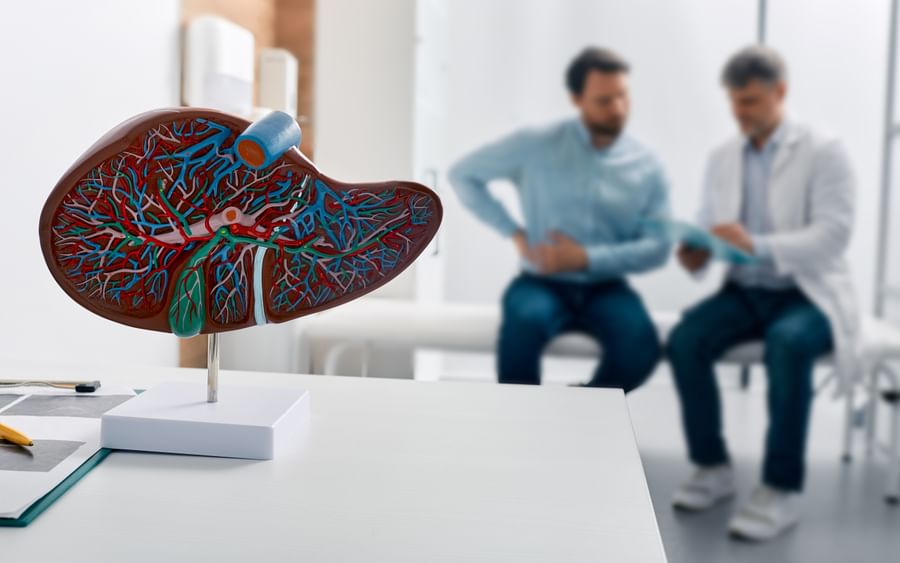What screening tests are available?
There is currently no national screening program for liver cancer in Australia, however hepatitis B and C infections are the biggest known risk factors for primary liver cancer in Australia, and testing for chronic infection with these viruses is available under Medicare.
Hepatitis B testing
Australians who have migrated from hepatitis-endemic regions are disproportionately affected by hepatitis B compared to other Australians. Chronic hepatitis B infection is not curable but can be managed to minimise long-term liver damage and liver cancer risk.
To get tested for hepatitis B, speak to your doctor about getting a blood test. A blood test to find out if you have hepatitis B is recommended for people from regions with high prevalence of hepatitis B including:
- most of East and Southeast Asia (except Japan)
- Pacific island countries
- parts of central Asia and the Middle East
- the Amazon Basin
- Sub-Saharan Africa.
Hepatitis B is spread through contact with infected blood and sexual fluid. There are prevention strategies to reduce the spread of hepatitis B through Australia’s National Immunisation Program, which is a vaccination offered to all babies at birth since 2000.
Hepatitis C testing
Unlike hepatitis B, there is no vaccine to protect against hepatitis C. It is spread when blood comes into contact with infected blood. In Australia, most infections are linked with sharing injecting equipment. You can get tested for hepatitis C by getting a blood test through your doctor.
What liver cancer symptoms should I look for?
Liver cancer often doesn’t cause any symptoms in the early stages, so it can be difficult to find early. You should see your doctor as soon as possible if you have any of the following symptoms:
- weakness and tiredness (fatigue)
- pain in the abdomen (belly) or below the right shoulder blade
- a hard lump on the right side of the abdomen
- appetite loss, feeling sick (nausea), or unexplained weight loss
- yellowing of the skin and eyes (jaundice)
- dark wee and pale poo
- itchy skin
- a swollen abdomen caused by fluid build-up (ascites).
Who is at risk of developing liver cancer?
Primary liver cancer (hepatocellular carcinoma or HCC) most often develops in people with underlying liver disease, usually cirrhosis. In cirrhosis, healthy liver cells are replaced by scar tissue, and benign nodules (non-cancerous lumps) form throughout the liver. As this gets worse (advanced cirrhosis), the liver stops working properly.
Cirrhosis may be caused by:
- long-term (chronic) infection with hepatitis B or C virus
- drinking too much alcohol
- metabolic-associated fatty liver disease as a result of obesity and/or type 2 diabetes
- having too much iron in the bloodstream (haemochromatosis)
- or certain autoimmune conditions (e.g. primary biliary cholangitis).
A small but increasing number of people are developing liver cancer without cirrhosis. This may occur in those with long-term hepatitis B infection, or with liver disease related to obesity or type 2 diabetes.
Other risk factors for liver cancer are smoking tobacco or having a family history of HCC. Aboriginal and Torres Strait Islander peoples and migrants from countries with higher rates of hepatitis B infection (e.g. countries in the Asia–Pacific region and Sub-Saharan Africa) are also at greater risk of developing primary liver cancer.
The more risk factors a person has, the greater the chance of developing liver cancer.



